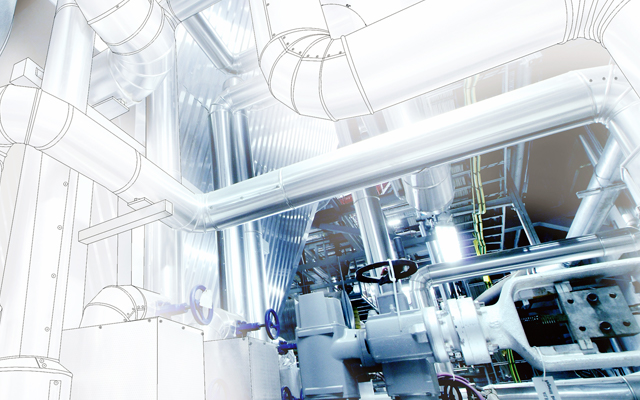Static air monitoring works to measure how much of substances such as dusts, fumes or vapours are in the air that can lead to potential exposures via skin contact, inhalation, or swallowing. Due to it being a Control of Substances Hazardous to Health Regulation (COSHH) requirement for employers to control their employees’ exposure to hazardous substances, it is important that exposure is monitored effectively to ensure your ventilation systems are in working order.
Who can benefit from static air monitoring?
Static air monitoring is important in any industry with potential airborne contaminants, for example, chemical manufacturing plants, scientific laboratories and the food industry. Static air monitoring can help you see when your ventilation systems are or are not working effectively and can identify if they may need to be altered or amended to help keep people safe. Static air monitoring can also locate contamination sources that you hadn’t previously considered, such as recirculating filter units, and make sure exposure limits are not exceeded. It is an extremely efficient tool when it comes to reducing unnecessary risk.
How does static air monitoring work and what is the benefit?
Static air monitoring takes air samples from a fixed location in the working environment, this sample can then be analysed to find the number of specific contaminants in the air allowing comprehensive reports formed, including ‘contamination heat maps’ from which allows specific solutions and benchmarks to be devised as opposed to the suck it and see an option that is often adopted. The benchmarks can then be re-used to check to see if the control options employed actually work.
Static Air monitoring is beneficial in industry as it provides the accurate air quality data needed to make informed decisions for employers to put in control measures that benefit the business and keep employees safe. This data is essential when designing Local Exhaust Ventilation as it allows a full assessment to be made of the exposure levels and for controls to be designed accordingly, reducing the risk of over-engineering and saving long term energy waste.
What is the difference between static air monitoring and personal air monitoring?
Static air monitoring takes samples from the ambient environment, and are good for finding the source of contamination and making sure everyone in the workspace is safe.
Personal air monitoring only monitors the air that a single person is exposed to; it is wearable and placed in the breathing zone. As the person goes about their daily business the sampling head will pick contaminant from all the areas they pass through without providing you with the necessary information as to where the source of the contaminant is.
Personal air monitors are useful to understand a specific individuals exposure within your workplace; however, if the area of risk is likely to cover a specific source or is in an area that people walk through, then static air monitoring will be better.
How can Vent-Tech help?
We offer static air monitoring systems in workplaces. We have an abundance of experience with airflow and ventilation and will be able to design and install a suitable solution for your space and type of contaminant. If you’d like to learn more about static airflow monitoring or find out more about getting an assessment, then be sure to get in contact with our expert team.


